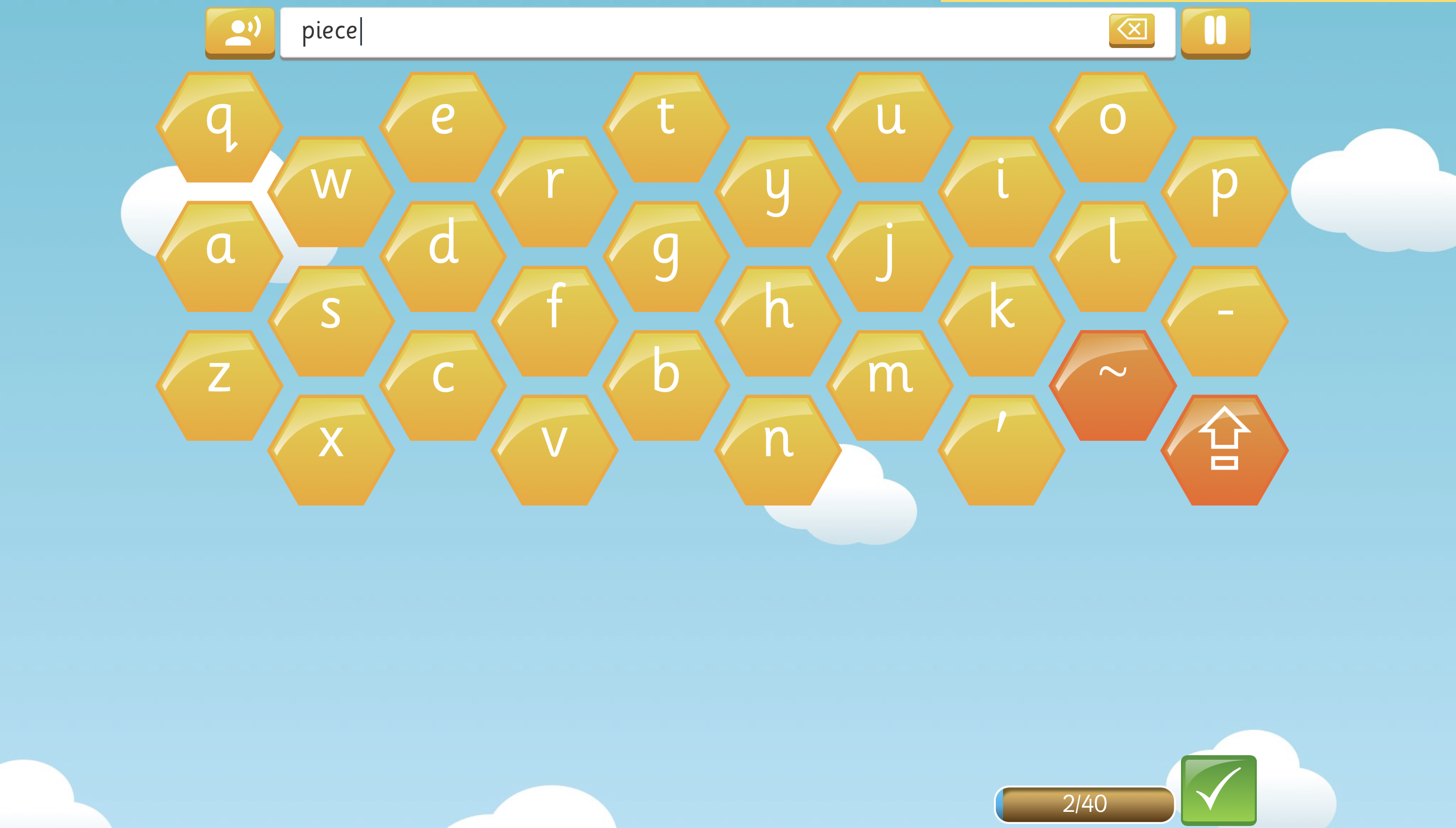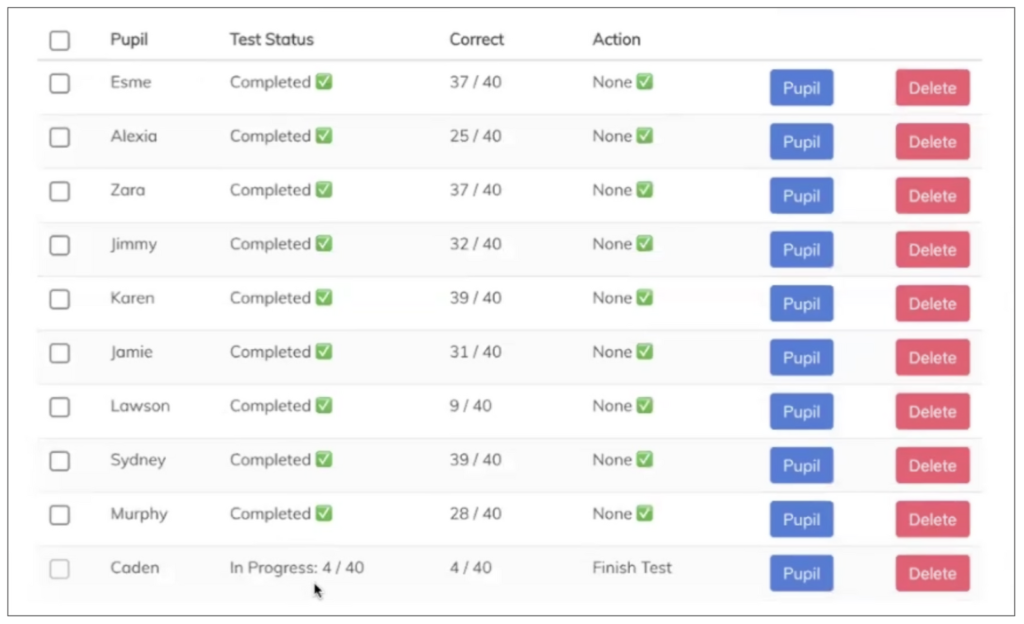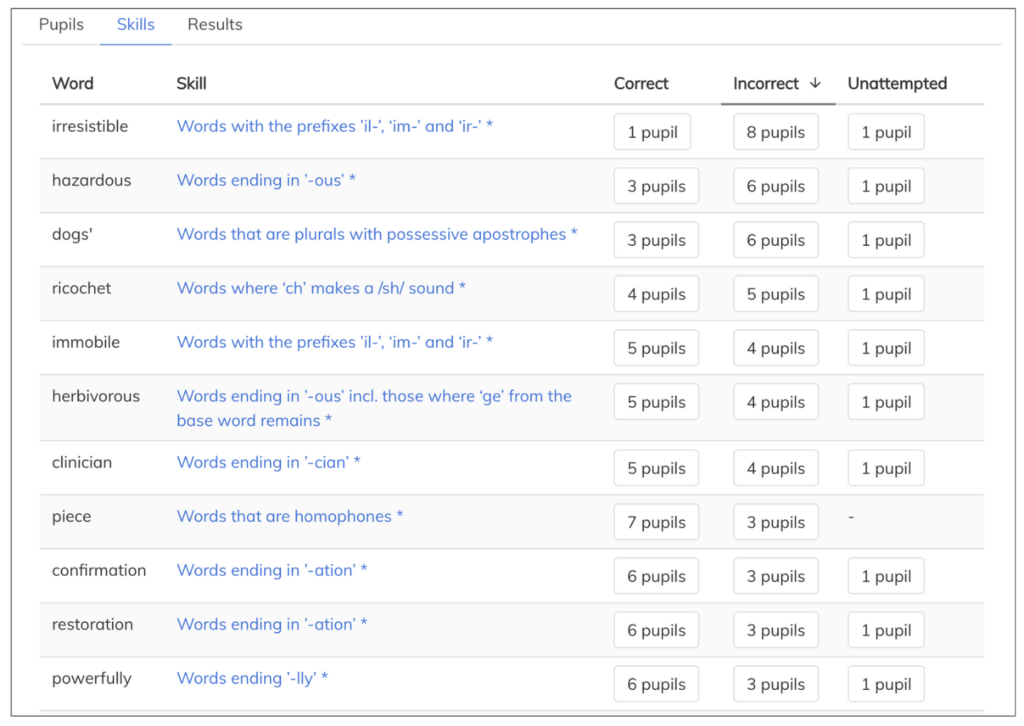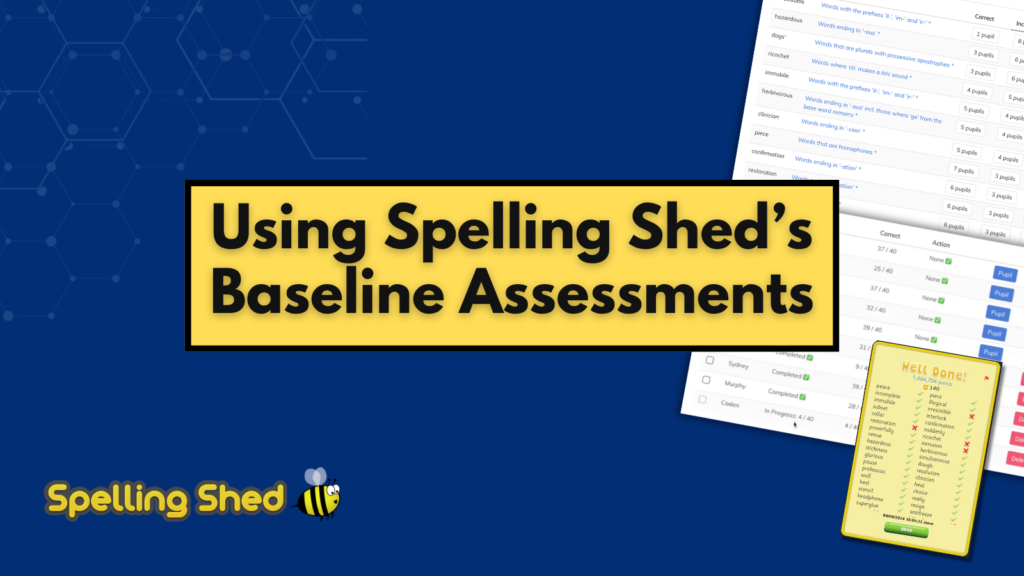Spelling Shed has launched baseline assessments, designed for use at the beginning of the academic year.
How to Assign Spelling Shed’s Baseline Assessments
This handy video shows you how to assign Spelling Shed’s baseline assessments and how to view data.
Learn how to set a baseline assessment and how to view data.
Assigning baseline assessments is easy.
1. Create an assignment like you usually would by clicking on ‘Assignments’ and ‘Create Single Assignment’.
2. Choose ‘Spelling Assessments’ and choose the relevant stage.
3. Assign to the relevant group/class of pupils.
What Will Children See?

Pupils will see the assessment as a game. It will look like Spelling Shed’s ‘Spelling Bee’ game. They will only be able to complete this assignment once.
Data That Works For You

Viewing data from the assessment is simple. Click ‘Assignments’ and select ‘details’ next to the assessment. The data screen is split into three tabs: Pupils, Skills and Results.
Pupils: Easily view each pupil’s test status (completed or not started) and score.
Skills: Each word is associated with a skill (spelling pattern or phonics skill) from the previous year group. This makes it easy to identify progress and gaps in learning. Click on the skill to access the relevant word list or phonics lesson. Data can be organised by how many pupils spelled the words correctly, incorrectly or unattempted. Click on the number of pupils to view those who spelled the word correctly, incorrectly or did not attempt that word.
Results: The ‘Results’ tab shows a clear overview of which words have been spelled correctly, incorrectly (as well as how they have attempted to spell the word) and unattempted.
What Next?
Current research advocates that all children should access spelling instruction at their own age level to meet the demands of the curriculum. However, we recognise that many classrooms will have children whose spelling assessments reveal gaps in certain areas.
It is challenging for Spelling Shed to provide universal advice for all children whose scores indicate gaps in their spelling knowledge. For some, this may be a single misconception, such as using “f” instead of “ph” where “ph” spells /f/. For others, there may be multiple knowledge gaps.

Once students have completed the Spelling Shed baseline assessment, the grid will show how many pupils in your class have spelled each word correctly or incorrectly. Teachers can use this information to inform their teaching. As a general guide, if 40% or more of the children have misspelled a word (e.g., ‘quiz’ in the Stage 1 Autumn baseline), consider adding another Spelling Shed lesson to your timetable and reteach the concept using “qu” to spell /kw/. For those children who are secure in the objective, you may wish to challenge them with more complex words that follow the same pattern, such as tranquil.
If incorporating extra lessons is difficult, teachers might prefer to deliver the session only to those who need it. Spelling Shed planning is designed to be easily picked up and used with minimal preparation, meaning a teaching assistant could deliver the intervention to a small group. Additional sessions may also be required for individual pupils or small groups, enabling them to catch up.
In some cases, children may have specific educational needs that require an IEP or an EHCP, which should take precedence over any advice provided here.
Spelling Shed is a tool that allows teachers to teach spelling systematically. However, this does not mean it must be followed rigidly, progressing week by week until completion.
If the baseline test reveals significant weaknesses, teachers may wish to deliver two spelling lessons per week, including lessons from previous stages, to build solid foundations before moving on to the appropriate stage for their class’s chronological age. For example, a Year 4 teacher might spend the first half-term delivering lessons from previous stages using objectives that will address the gaps highlighted in the baseline assessment.

